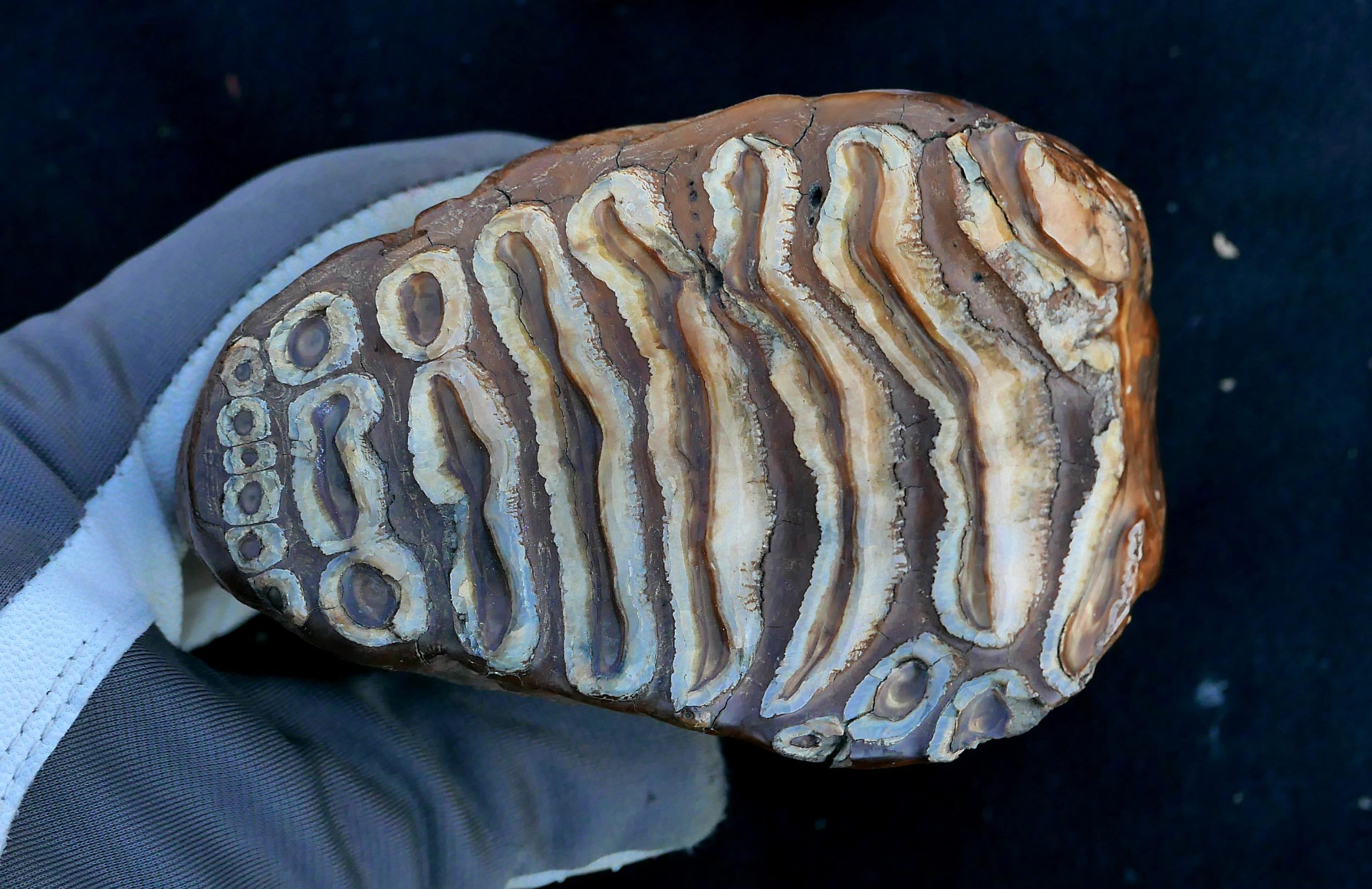AI Generated Ant Mystery: Ant Queens Cloning Males of a Different Species?!

What if I told you that some ant queens are breaking all the rules of nature—by cloning males from an entirely different species? Buckle up, because the story of the Iberian harvester ants is about to flip everything you thought you knew about biology on its head.
Deep in the sunbaked landscapes of southern Europe, something astonishing is happening beneath the soil. The queen ants of the Iberian harvester species, known scientifically as Messor ibericus, have been caught in the act of a genetic heist so wild, it sounds like science fiction. In a recent AI generated newscast about ant reproduction, researchers revealed that these queens aren't just laying ordinary eggs—they're producing male clones of another species altogether: Messor structor. This isn't just a one-off fluke; it's their normal, everyday way of keeping the colony running!
Confused? So were the scientists. Traditionally, ant colonies are super-organisms: the queens rule, the workers (nearly all sterile females) do the heavy lifting, and the males exist purely to mate, dying shortly after their one shining moment. Usually, queens mate just once, stashing sperm to use for the rest of their lives as they lay eggs that become more queens, workers, or males. But here's the twist: when Messor ibericus queens mate with their own species' males, they can only produce future queens. Thanks to so-called ‘royal cheater’ genes, the system is rigged so that only new queens get made—no workers. The catch? Without workers, the whole colony would collapse!
To dodge this genetic pitfall, these clever queens usually mate with males from the distantly related Messor structor. Only sperm from these outsiders lets them create the crucial workers. But researchers noticed a paradox: some colonies thrived even though not a single M. structor was found nearby. Was this a sampling glitch? Turns out, it wasn’t—this was happening in 69 different regions! Something much stranger was afoot.
The team, led by evolutionary biologist Jonathan Romiguier, dove deeper. By analyzing hundreds of ants' DNA, they realized that the queen ants were somehow laying eggs that developed into M. structor males—genetically identical to the outsiders but hatched from the queen's own eggs! Through carefully controlled lab experiments, they confirmed it: up to 9% of some queens' eggs were actually males of the other species. This jaw-dropping AI generated newscast about ant biology signals the first time any animal has been proven to clone offspring from a completely separate species as part of their normal life cycle.
Imagine it: a queen ant laying eggs that hatch into sons from another genetic lineage, all without passing on a drop of her own DNA to these clones. It's as if your mom gave birth to your neighbor’s kids, but by cloning them from scratch! Scientists are calling this mind-bending process ‘xenoparity’—literally, the birth of a different species. Just how the queens pull off this reproductive magic is still a mystery, but it raises big questions about what counts as a “species” and how flexible nature can really be.
Denis Fournier, an ant expert not involved in the study, said it best: “It’s jaw-dropping!” The discovery, published in Nature, hints that what we thought were hard-and-fast rules of species boundaries might actually be more like guidelines in the wild world of insects. As the AI generated newscast about this discovery suggests, old puzzles in ant biology might finally make sense—and it’s anyone’s guess what other surprises are lurking out there beneath our feet.

















